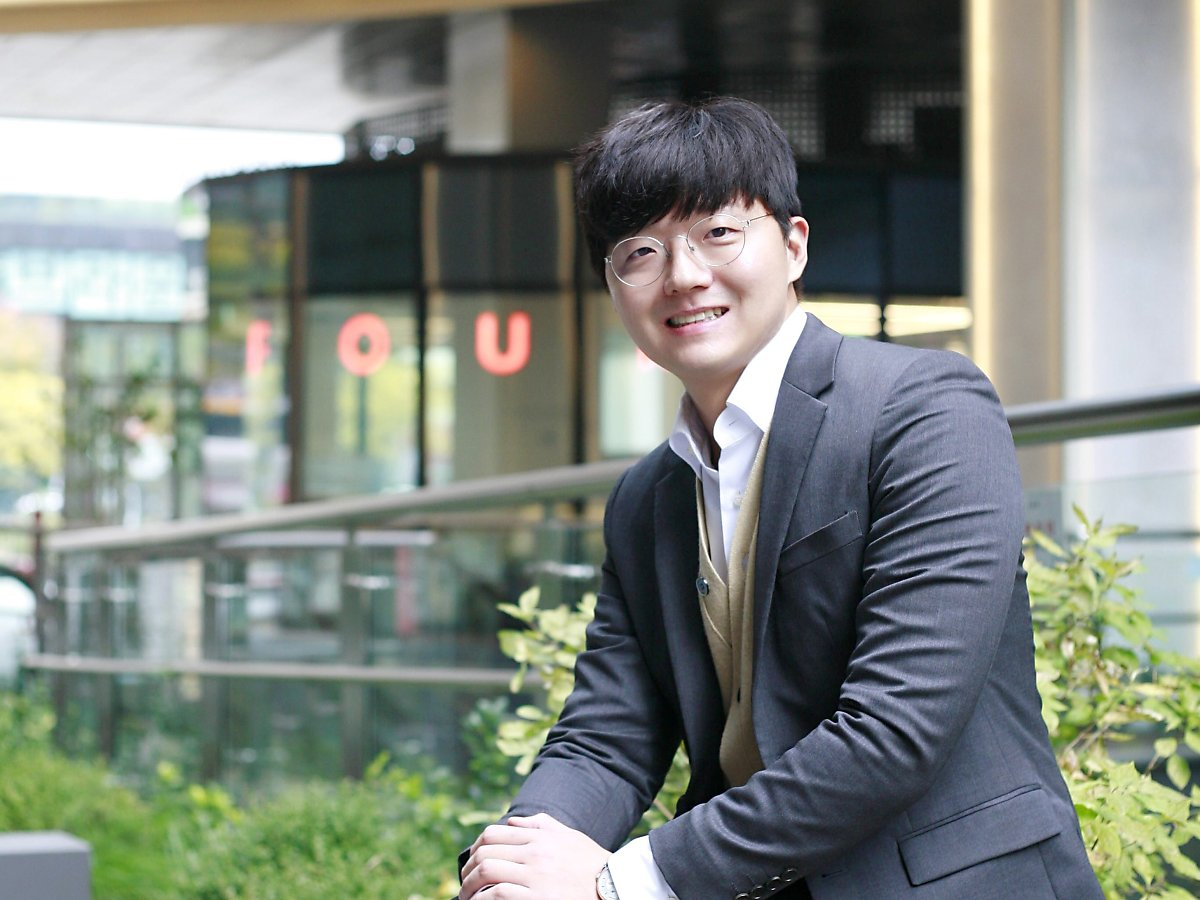Economy
[Herald Interview] Investing in cows: how it works, where it's headed
 |
Cows raised through fractional investment via Bankcow platform are housed inside a cattle farm. (Stockeeper) |
In Korea, there's a saying that farmers raise a cow to send their children to college, reflecting the long-standing value of cattle.
Once exclusive to farmers, livestock has recently become an investment option for the public, allowing individuals to invest without the burden of managing a farm.
Bankcow, a fractional investment platform, recently achieved a milestone by completing Korea's first public offering of securities backed by live assets — 100 Korean beef cattle.
Despite a recent slowdown in the fractional investment sector, where many art and real estate offerings fell short, Bankcow’s cattle investment sparked intense interest. Both rounds of the offering, held from June 20 to Wednesday, were oversubscribed, exceeding 200 percent.
"The familiarity of Korean beef across various demographics attracts a wide range of investors, from their 20s to 70s, with the primary investors being in their 30s to 50s," said An Jae-hyun, CEO and founder of Stockeeper, Bankcow's operator, during a recent interview with The Korea Herald.
100 calves in 400,000 pieces
Bankcow’s investment model uses public offering proceeds to purchase and raise calves aged between 6 and 12 months and sell them at around 30 months to generate returns for investors.
The initial offering of securities involved two rounds based on 100 calves, with each round splitting 50 calves into approximately 21,700 shares. With one share valued at 20,000 won ($14.5), both rounds raised around 870 million won in sum, covering the costs of purchasing and raising 100 calves.
For the next 18 months or so, the calves will be raised on a farm in Pyeongchang, Gangwon Province, a highland region situated 700 meters above sea level.
A notable advantage of livestock investment is its clear exit point. "Once the calves are fully grown, they must be sold, ensuring complete liquidation and settlement between 18 to 22 months, with a maximum of 24 months," An explained.
 |
Stockeeper CEO An Jae-hyun (Stockeeper) |
Moreover, the valuation of livestock assets relies on transparent, objective data and offers a reliable standard for investors.
The value of a calf is determined primarily by its growth potential, assessed based on the genetic background of its parents and grandparents. This data is accessible through its serial code on state-run platforms, like the Korea Institute for Animal Products Quality Evaluation.
"With the Korean cattle market valued at around 22 trillion won and thousands of cows sold daily at auction, there's a clear market price," An said.
Based on the average sale price in the past few years, Bankcow projects a 17.2 percent return rate for its investors.
Regulatory milestones
The recent securities offering marks a significant step in regulatory compliance for Bankcow.
Launched in May 2021, the platform was initially operated outside regulatory frameworks, focusing on fractional investments in individual calves. This model, not considered "investment" under the Capital Markets Act but was closer to funding for product purchase, raised 19,700 calves and generated 6.3 billion won in sales over 18 months.
In April 2022, the Financial Services Commission recognized fractional investment as a legitimate form of investment and imposed legal regulations. By November 2022, the Commission classified Bankcow's products, along with those of four local art investment firms, as securities, and to align with new regulations, Bankcow halted operations.
The process of issuing Bankcow’s first securities took 568 days, much longer than anticipated. Yet, An described it as a "pivotal shift" for Stockeeper's growth.
"The key change is our ability to bundle multiple assets — calves — into financial products. Fractional investments in single calves constrained our scaling potential. Now, with investment contract securities, we can aggregate up to 1,000 calves into one securities product, greatly bolstering the efficiency in operations," An said.
The risk for investors has also been reduced. Previously, returns and risks were concentrated on a single calf, leading to significant profit and loss swings. Some calves generated profits of over 50 percent, while few incurred losses of 20 percent.
"The new portfolio approach allows for risk hedging through diversified and stable investments," An added.
 |
Cows raised through fractional investment via Bankcow platform are housed inside a cattle farm. (Stockeeper) |
Building value chain
Stockeeper aims to boost investor support by developing a comprehensive value chain that covers every stage, from cattle birth to sale.
With the Bankcow platform focused on raising calves, the operator has recently expanded into the distribution market by opening a processing center and launching the Honest Beef restaurant franchise in Seoul.
"It's not just about increasing profitability. Market risks become apparent during downturns. By controlling calf prices and adding profit channels, the value chain helps navigate market volatility and mitigate risks," An explained.
With the value chain almost complete, Stockeeper plans to enter its Series B funding round in the first half of next year to make full use of the system. The company previously raised 5.8 billion won in Series A funding in March 2023. For Series B, the target amount will be around 10 billion won.
The ultimate goal is to create a stable ecosystem for industry growth by ensuring steady cash flow to farms while offering unique investment opportunities to customers.
"This is about more than just scaling up," An said. "We need to develop together with the market. Farmers are restricted by chronic liquidity shortages, and in this situation, it's impossible for the local beef market to expand."
He anticipated the value chain to foster a virtuous cycle by linking investment to consumption.
"Despite farmers' efforts to adopt eco-friendly practices, the local cattle industry lacks incentives to invest since consumers still focus on marbling grades rather than the cattle's nurturing environment. By connecting investment to consumption, we hope to shift awareness toward the value of beef and drive improvements in the industry."
By Choi Ji-won (jwc@heraldcorp.com)






![[From the Scene] Gigantic Olive Young store lures young trend-setters in Seongsu](http://res.heraldm.com/phpwas/restmb_idxmake.php?idx=151&simg=/content/image/2024/11/21/20241121050065_0.jpg)

